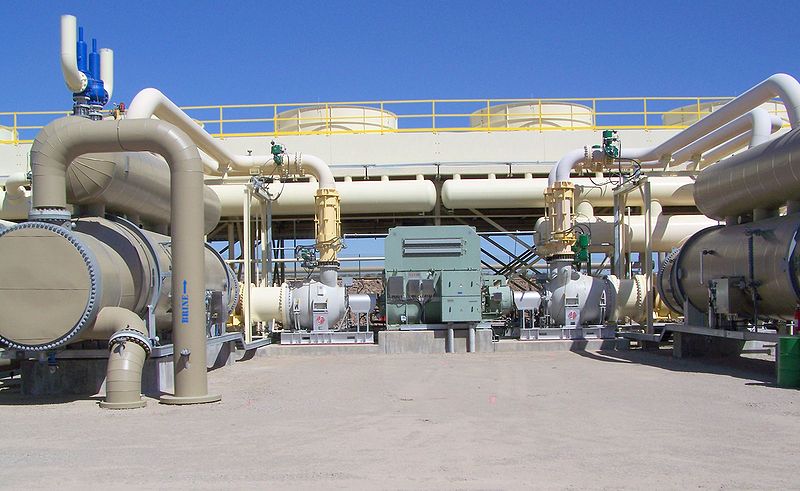Energy Information Agency estimates strong growth for geothermal in the US
The U.S. Energy Information Agency releases Annual Energy Outlook 2012 with energy market predictions until 2035 that see geothermal triple its capacity in the U.S. by that time.
Mentioned in a post yesterday, the Energy Information Agency (EIA) in the U.S. has recently issued a report providing its annual outlook for the energy market in the United States.
The report estimates a doubling of renewable power production by 2035, despite the expected expiration of the federal tax credits. At the same time the report projects a strong growth for geothermal energy in the United States and expects production to triple by 2035.
In its predictions the EIA assumes a reference case that that sees “federal subsidies for renewable generation to expire as enacted.” The Energy Information Agency considers that an extension of those tax subsidies could have a large impact on the development of renewable energy in the United States. So while EIA bases its estimates on an expiration and still comes up with a strong growth for geothermal that outpaces other renewables, a separate study that EIA plans taking into consideration an extension of subsidies, could potentially even show an even more promising picture for renewables, including geothermal.
“EIA’s 2012 Outlook’s projections show geothermal power growing from 2.6 GW (2,600 MW) of capacity to 6.41 GW (6,410 MW), and production increasing from 16.42 billion kilowatt hours to 47.4 billion kilowatt hours. The geothermal production is all from utility scale systems, with EIA having no projection for small or distributed generation using geothermal technologies or coproduction. In 2035, geothermal is projected to provide 6 percent of the total U.S. renewable power produced, making it the third largest non-hydro source of renewable power generation, behind wind and biomass.”
Source: Leslie Blodget in its recent GEA Newsletter


















